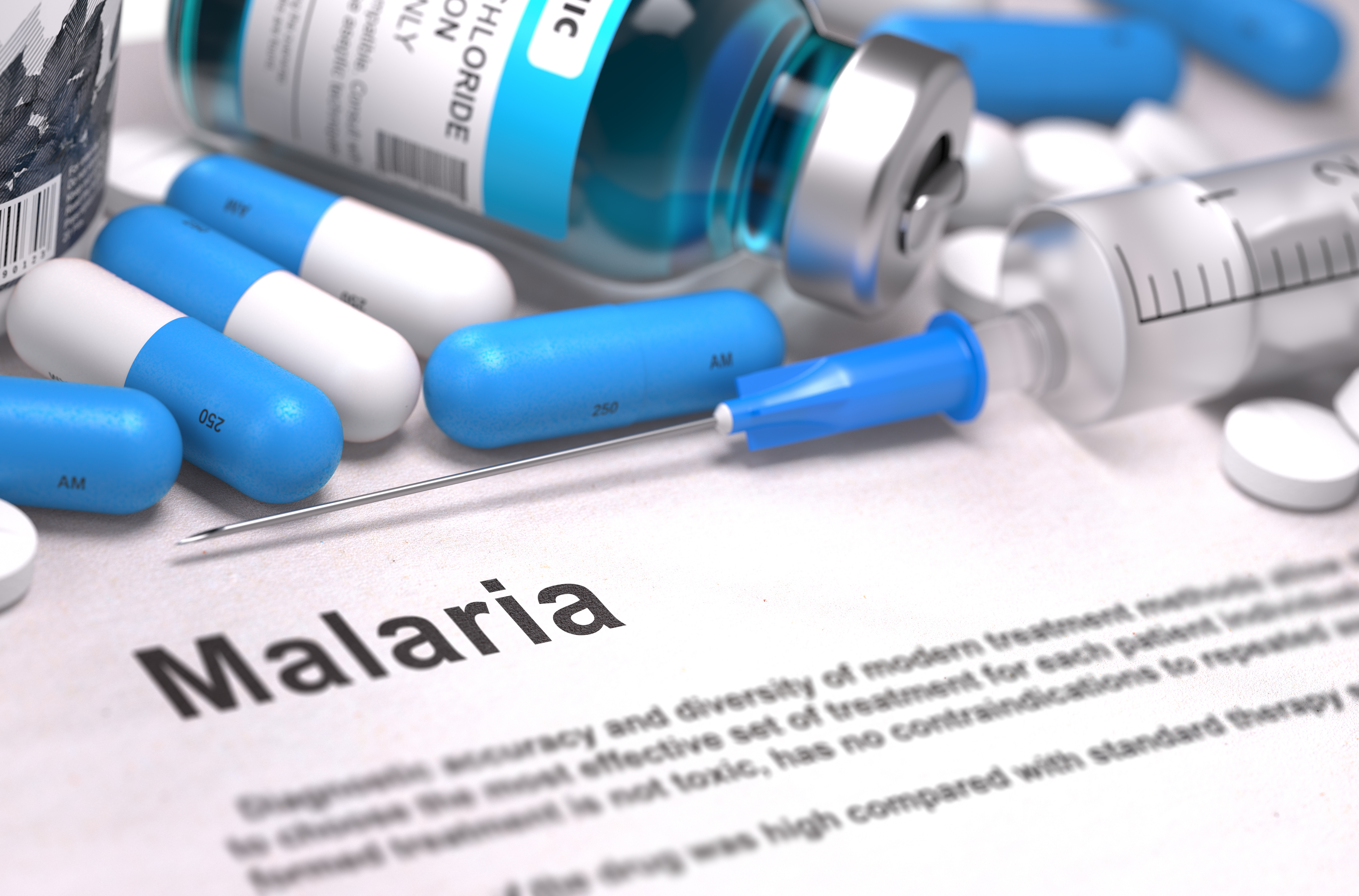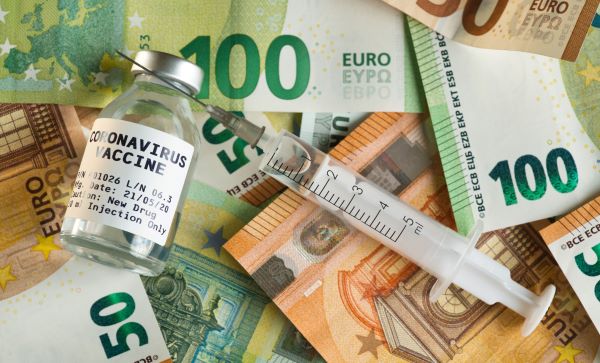Recommended

CGD NOTES
Last month, the world woke up to promising news on malaria prevention: administering an existing malaria vaccine (RTS,S) in addition to antimalarial drugs before the rainy season – the current approach for prevention – reduced child hospitalizations and deaths from malaria by approximately 70 percent in Burkina Faso and Mali. The study followed 6,000 young children for three years and these findings are timely, as new preventative interventions are needed, especially in countries where the decline in malaria cases and deaths has stalled in recent years.
Importantly, these results arrived ahead of a forthcoming decision from the World Health Organization (WHO) on whether to recommend RTS,S for broader use. The decision, expected later this year, will be based on the findings from a pilot program led by WHO in 3 sub-Saharan African countries – Ghana, Kenya and Malawi –, but will also consider new evidence available, including data from the combination trial in Burkina Faso and Mali. Some key partners, including GAVI, the Vaccine Alliance and GSK, are already preparing for a positive decision on widescale deployment.
Despite the encouraging news, WHO should not make this decision lightly and should assess a key element that has not yet been at the center of the discussion: value for money. WHO can incorporate value for money and produce a more effective and sustainable policy recommendation that’s fit for purpose for different contexts if they address three key considerations:
1. Getting the bang for your buck: WHO should base any policy recommendation on thorough cost-effectiveness analysis (CEA) that considers all evidence available
CEA, a methodology to compare the added value of health innovations relative to the resources required for deploying them, is essential to maximize health gains in global and country-level policy decisions, especially given current fiscal constraints. Key questions such as if the technology works, for whom, and how it compares with the alternatives are at the core of CEA. CEA is particularly relevant for malaria, where there is a growing global funding shortfall (US$ 2.6 billion in 2019, or 46 percent of the annual funding needed, according to the 2020 World Malaria Report) and a wide range of cost-effective malaria interventions that have not been fully deployed, including long-lasting insecticide-treated nets (ITNs), indoor residual spraying (IRS), and seasonal malaria chemoprevention (SMC). For instance, in malaria endemic countries in 2019, only 52 percent of children aged under 5 years were sleeping under an ITN, and only 2 percent of the populations at risk were protected by IRS.
Earlier, CEAs suggested that adding four doses of the RTS,S vaccine to existing interventions is less cost-effective than other approaches for malaria prevention. One study estimated that averting one disability-adjusted life year (DALY) – an estimate of the number of years of life lost due to premature mortality and years of healthy life lost due to disability – would cost around US$200 if children 6 months of age living in 41 endemic countries in sub-Saharan Africa were vaccinated at a cost of US$5 per dose. By comparison, and despite some methodological differences between the calculations, much lower investments are needed to get the same benefit with ITNs, IRS, and SMC (around US$27, US$143, and US$68 per DALY averted, respectively).
The additional benefits identified with the new approach trialed in Burkina Faso and Mali are likely to improve the cost-effectiveness of adding the RTS,S vaccine to current interventions. However, given the setting of the study, these potential benefits may only be relevant to high burden countries where transmission is seasonal and SMC is currently being implemented (the trial did not compare the effects of RTS,S against no intervention, as SMC is the standard of care in those settings). Also, those benefits will have to be balanced with the additional cost of giving children a booster dose every year and the fact that uptake of both antimalarials and the RTS,S vaccine is unlikely to be as high in real life conditions as under trial conditions.
2. Who is footing the bill? WHO should base any policy recommendation on projected budget estimates
Even if WHO incorporated CEA and finds the combination of RTS,S and SMC to be very cost-effective in particular settings, they should also consider the budget impact of adding this intervention to the set of approaches currently recommended to prevent, diagnose, and treat malaria. This is important because unless global donors and country governments provide additional money, which is improbable, WHO decision to recommend RTS,S is likely to lead to the displacement of other interventions (e.g. ITNs, antimalarial treatments, and even other more cost-effective childhood interventions), creating a significant trade-off. Global organizations such as the Global Fund to Fight AIDS, Tuberculosis and Malaria and GAVI, which bear the brunt of all international financing for malaria and vaccines respectively, have signaled potential interest in deploying RTS,S for wider use. They provided around US$50 million to fund the first phase of the RTS,S pilot program led by WHO in partnership with Unitaid. Also, GAVI has just secured an agreement with GSK and MedAccess to ensure continued manufacturing of the vaccine antigen. WHO, however, should resist any pressure from these organizations or from any other stakeholders, including governments in endemic countries, to make “quick policy decisions” without evaluating the value for money and budget impact of any decision.
The budget impact associated with recommending RTS,S is not modest. According to a 2019 study, around US$630 million would be needed each year to vaccinate 41 endemic countries in sub-Saharan Africa, reflecting the cost of the vaccine and the implementation. If no additional money is found, leaving policymakers to divert funding from other interventions, around 330 million children might not receive an ITN, or around 160 million children might not get their doses of SMC in those countries. Targeting high burden-high impact (HBHI) countries – a priority for WHO and the world since these countries account for 70 percent of the global estimated case burden and 71 percent of global estimated deaths – is still costly: Administering vaccines in the 10 HBHI in sub-Saharan Africa would still require around US$325 million. Further, these figures do not reflect the cost of deploying SMC, an intervention that is currently only implemented in 6 of the 11 total HBHI countries where malaria is transmitted seasonally. Worryingly, in those 6 HBHI countries, only a very small percentage of children were getting at least one dose of SMC in 2019 (18 million children, which is 5.6 percent of the total at-risk population – including adults and children – in these 6 countries).
3. A one-size-fits-all approach? WHO should avoid issuing a sweeping global recommendation and encourage instead national and subnational assessments to inform decision-making processes
Given the different realities in endemic countries concerning parasite prevalence, types of transmission, coverage levels of other preventative interventions, income, fiscal space, etc, WHO should focus its recommendation on those settings where the evidence is more robust and the value for money is greatest. One could argue that WHO should focus its policy recommendation on HBHI countries – where malaria is transmitted seasonally and the combination with SMC worked. This would increase the value for money of deploying RTS,S, reduce the cost of implementing the intervention, and align with the goal to focus funding and effort on countries with the highest burden of malaria. However, the pilot program will only provide data on one of the 11 HBHI countries – Ghana – (the other two included in the pilot, Malawi and Kenya, are not HBHI) and it was designed to examine reduction in mortality, compliance with booster doses, and safety in the context of routine use, rather than to assess combination approaches in high transmission areas.
WHO should address this complexity and lack of data by making its recommendation contingent on national and subnational assessments to reflect local realities, preferences, and values. This approach would not only allow countries to use local data to develop and implement evidence-based malaria interventions plans tailored to national and subnational realities, but would also encourage more pragmatic trials to assess the true effectiveness and cost-effectiveness in the real world. By doing this, WHO would also enable and strengthen the capacity of national governments to set priorities locally, as detailed by a previous CGD working group and other global initiatives.
In short, any WHO policy recommendation concerning the implementation of new interventions for the prevention and treatment of malaria should consider value for money and sustainable financing as well as encourage countries to still conduct their own assessments and decide for themselves what is best for their populations. The best way to make progress is with firm, locally led steps.
Disclaimer
CGD blog posts reflect the views of the authors, drawing on prior research and experience in their areas of expertise. CGD is a nonpartisan, independent organization and does not take institutional positions.






